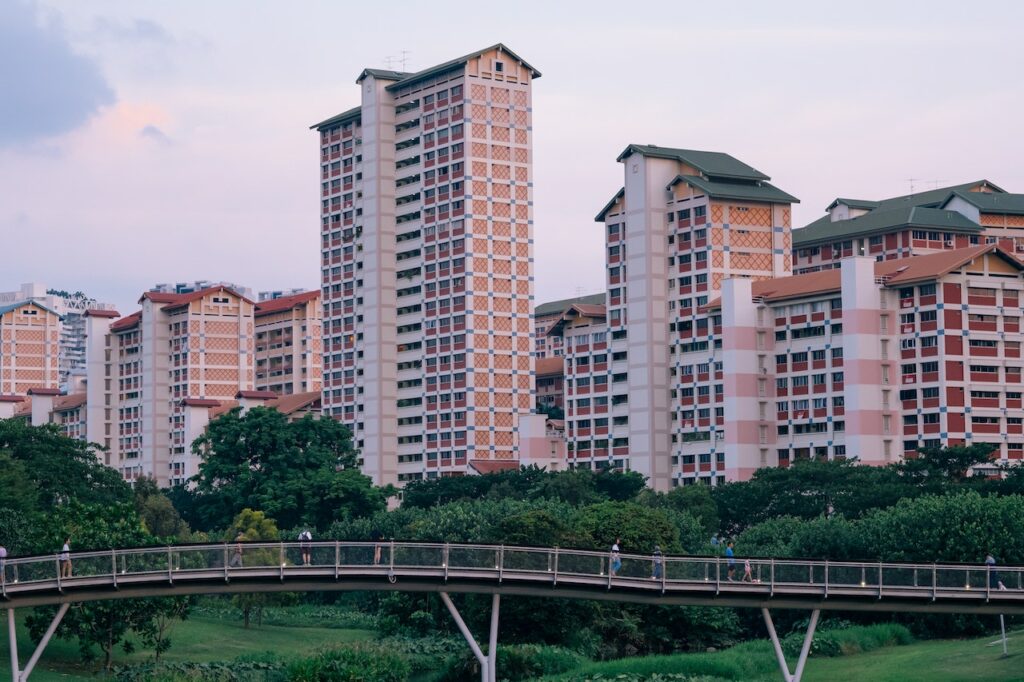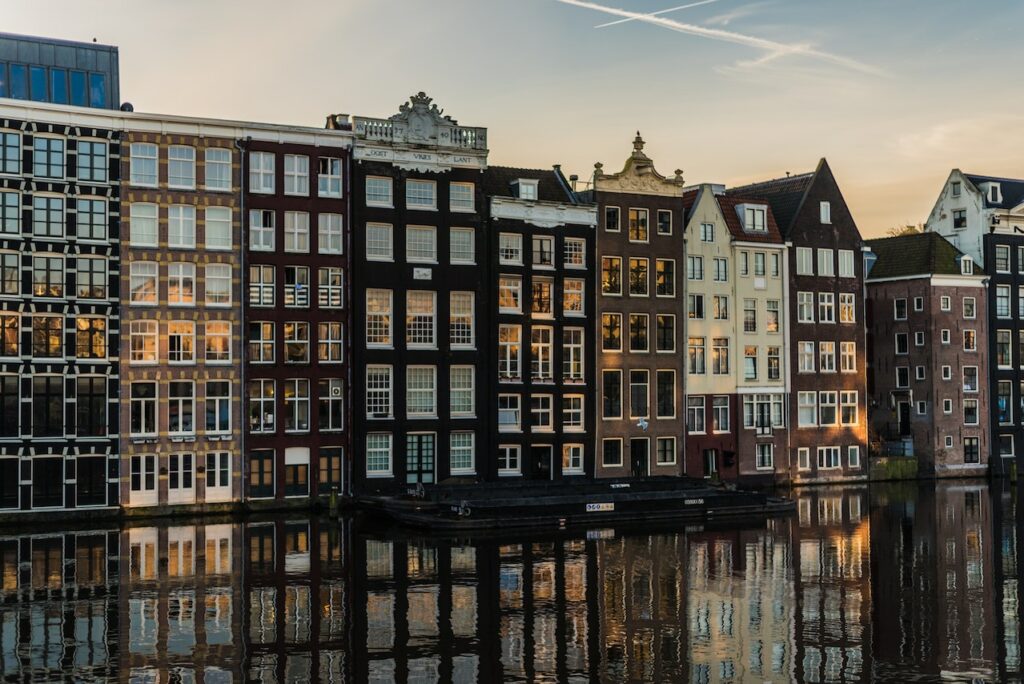Apartment buildings are a popular choice for real estate investors and developers, offering opportunities for rental income and long-term investment growth. However, before diving into the world of apartment building development, it’s essential to understand the costs involved. In this article, we will explore the factors that affect apartment building costs, discuss different types of apartment buildings, break down the expenses, provide average cost estimates, explore financing options, and offer tips for cost-effective construction.
Factors Affecting Apartment Building Costs
Several factors influence the overall cost of constructing an apartment building. Understanding these factors is crucial for accurate budgeting and cost estimation. The following are the key factors to consider:
1. Location
The location of the apartment building plays a significant role in determining its cost. Urban areas and prime locations often have higher land and construction costs compared to suburban or rural areas. Factors such as proximity to amenities, transportation, and desirable neighborhoods can significantly impact the overall cost.
2. Size and Layout
The size and layout of the apartment building directly affect the construction costs. Larger buildings with more units require more materials, labor, and time for construction. Additionally, complex layouts or customized floor plans may increase architectural and design fees.
3. Construction Materials
The choice of construction materials can influence both the cost and quality of the apartment building. High-end materials may result in a higher upfront cost but could lead to lower maintenance and operational expenses in the long run. Conversely, opting for more affordable materials can help reduce construction costs but may require more maintenance over time.
4. Amenities and Features
Common amenities and features that can increase the cost of an apartment building include fitness centers, swimming pools, parking facilities, rooftop gardens, and smart home technology. Each additional feature adds to the construction and operational expenses, so it’s important to carefully consider which amenities are necessary to attract tenants and achieve a positive return on investment.
5. Market Conditions
The current market conditions, including supply and demand dynamics, can impact apartment building costs. In a competitive market with high demand and limited supply, construction costs may be higher due to increased labor and material expenses. Conversely, during an economic downturn or a slower real estate market, construction costs may be more favorable.

Soloman Soh
Types of Apartment Buildings
How many buildings are in New York? lodgings buildings come in disparate forms, each with its own cost considerations. Here are three common types
1. Low-Rise Apartments
Low-rise apartments typically have one to three stories and are commonly found in suburban areas. They are relatively cost-effective to construct compared to mid-rise or high-rise buildings due to simpler foundations, shorter construction timelines, and lower material requirements.
2. Mid-Rise Apartments
Mid-rise apartments range from four to eight stories in height and are often located in urban or mixed-use areas. These buildings require more extensive construction techniques and materials, resulting in higher costs compared to low-rise buildings.
3. High-Rise Apartments
High-rise apartments are tall buildings with more than eight stories, typically found in densely populated urban centers. Constructing high-rise buildings involves complex engineering, specialized materials, and advanced construction methods. As a result, high-rise apartments are the most expensive to build among the three types.
Cost Breakdown of Apartment Buildings
To understand the cost components of an apartment building, let’s break them down into the following categories:
1. Land Acquisition
The cost of acquiring the land on which the apartment building will be constructed can vary significantly based on the location and market conditions. Prime locations in urban areas may come at a premium, while suburban or rural land may be more affordable.
2. Construction Costs
Construction costs encompass all expenses related to the actual building process, including materials, labor, equipment, and subcontractor fees. These costs make up a substantial portion of the overall budget and can vary based on factors such as the size, complexity, and quality of the construction.
3. Permitting and Approvals
Obtaining the necessary permits and approvals from local authorities adds to the overall cost of the project. Fees associated with zoning, planning, building permits, and inspections should be accounted for in the budget.
4. Architectural and Design Fees
Architectural and design fees cover the cost of hiring professionals to create the building’s layout, floor plans, and aesthetic elements. These fees are influenced by the complexity and customization required for the project.
5. Utilities and Infrastructure
Connecting the apartment building to utilities such as water, electricity, gas, and sewage systems incurs additional expenses. Depending on the location and infrastructure availability, these costs can vary.
6. Marketing and Sales
Marketing and sales expenses include promoting the apartment building, hiring real estate agents, and staging units for potential buyers or renters. These costs are crucial for attracting tenants or buyers and achieving optimal occupancy rates.
Average Costs of Apartment Buildings
It’s essential to have an understanding of the average costs associated with apartment buildings to estimate budgets accurately. Here are two common ways to gauge costs:
Average Cost per Unit
The average cost per unit varies depending on factors such as location, building type, and quality. On average, the cost per unit can range from $100,000 to $500,000 or more, with luxury or high-end apartments commanding higher prices.
Average Cost per Square Foot
Another method to assess costs is by calculating the average cost per square foot. Costs typically range from $100 to $400 per square foot, with higher costs associated with high-end finishes, amenities, and locations in prime areas.
Financing Options for Apartment Buildings
Financing apartment building projects requires careful consideration of available options. Here are three common financing avenues:
1. Traditional Commercial Loans
Many developers secure financing through commercial loans offered by banks and financial institutions. These loans typically require a substantial down payment and thorough evaluation of the developer’s financial position and creditworthiness.
2. Government Programs
Various government programs exist to support affordable housing initiatives or stimulate real estate development. These programs often offer favorable loan terms, grants, tax incentives, or subsidies to encourage the construction of apartment buildings.
3. Crowdfunding and Syndication
Crowdfunding platforms and syndication allow developers to raise funds from multiple investors for apartment building projects. These alternative financing methods have gained popularity in recent years, providing opportunities for smaller investors to participate in real estate ventures.

Matheus Natan
Return on Investment for Apartment Buildings
Understanding the potential return on investment (ROI) is crucial for assessing the profitability of an apartment building project. Here are key factors to consider:
1. Rental Income
Rental income forms the primary source of revenue for apartment building investors. Factors such as market demand, location, unit size, and rental rates directly impact the potential income generated.
2. Operating Expenses
Operating expenses include property management fees, maintenance and repairs, insurance, property taxes, utilities, and administrative costs. Thoroughly analyzing and budgeting for these expenses is vital for accurately calculating the ROI.
3. Cash Flow and Cap Rate
Cash flow refers to the income generated after deducting operating expenses, mortgage payments, and other costs. Cap rate, or capitalization rate, is a measure of the property’s profitability and is calculated by dividing the net operating income by the property’s value. Both cash flow and cap rate are essential considerations for evaluating ROI.
4. Appreciation and Equity
Apartment buildings can appreciate in value over time, providing additional returns on investment when the property is sold or refinanced. Building equity through mortgage principal payments also contributes to long-term profitability.

Liene Ratniece
Tips for Cost-Effective Apartment Building Construction
To optimize the cost-efficiency of apartment building construction, consider implementing the following tips:
1. Efficient Design and Layout
Work closely with architects and designers to develop a layout that maximizes space utilization and minimizes wasted areas. Efficient floor plans can reduce construction costs and enhance the overall appeal of the units.
2. Value Engineering
Engage in value engineering, which involves reviewing the design and construction plans to identify areas where costs can be reduced without compromising quality or safety. This process often involves finding alternative materials or construction methods that offer comparable results at a lower cost.
3. Competitive Bidding
Solicit bids from multiple contractors and subcontractors to ensure competitive pricing. This allows you to compare offers and select the most cost-effective option while maintaining the required quality standards.
4. Construction Management
Effective construction management is essential to control costs and ensure smooth project execution. Having a dedicated project manager or hiring a professional construction management firm can help monitor expenses, manage timelines, and mitigate potential issues.
Developing an apartment building involves various cost considerations that can significantly impact the success and profitability of the project. Factors such as location, size, construction materials, amenities, and market conditions all contribute to the overall cost. By carefully assessing these factors, exploring financing options, and implementing cost-effective strategies, developers can optimize their investment and create attractive and financially viable apartment buildings.
